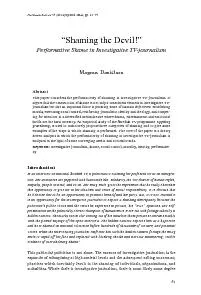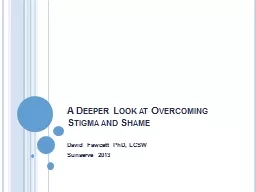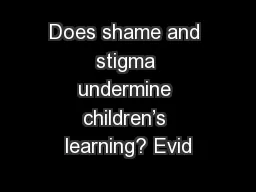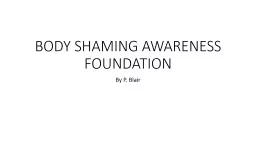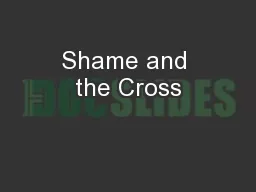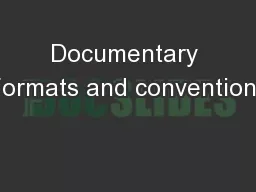PDF-Nordicom Review“Shaming the Devil!”Performative Shame in Inv
Author : tatyana-admore | Published Date : 2015-10-20
62 of shame The online Journalism College Journalism Degree introduces its courses of Investigative journalism by quoting Pulitzer Prize winner Walter Lippmannx2019s
Presentation Embed Code
Download Presentation
Download Presentation The PPT/PDF document "Nordicom Review“Shaming the Devil!&..." is the property of its rightful owner. Permission is granted to download and print the materials on this website for personal, non-commercial use only, and to display it on your personal computer provided you do not modify the materials and that you retain all copyright notices contained in the materials. By downloading content from our website, you accept the terms of this agreement.
Nordicom Review“Shaming the Devil!”Performative Shame in Inv: Transcript
Download Rules Of Document
"Nordicom Review“Shaming the Devil!”Performative Shame in Inv"The content belongs to its owner. You may download and print it for personal use, without modification, and keep all copyright notices. By downloading, you agree to these terms.
Related Documents

